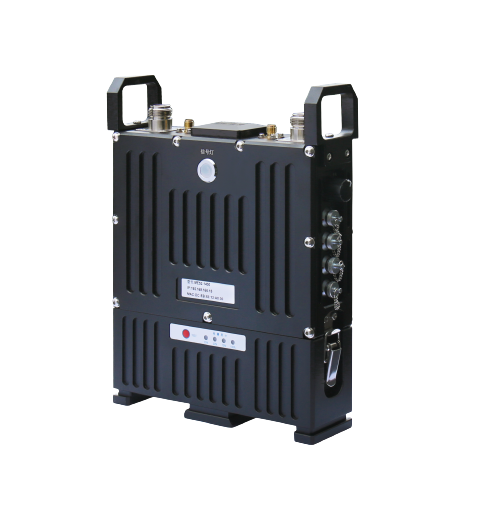Radio mesh networking is a powerful tool for communication. It allows devices to communicate with each other directly without the need for a central server. It makes it ideal for applications like smart cities, where devices need to communicate with each other quickly and efficiently.
1. The power of communication: Radio mesh networking
Radio mesh networking is a topology in which each node in the network is connected to two or more other nodes. This allows for redundancy if one node fails, increased bandwidth and reduced latency.
Radio mesh networks are often used in mission-critical applications where reliability is paramount. One example is the military, where radio mesh networks are used for communication between soldiers in the field.
Another example is in emergency response, where radio mesh networks are used to coordinate between first responders.
Radio mesh networking can be used in both indoor and outdoor environments. One advantage of outdoor radio mesh networks is that they can create a wide-area network covering a large geographical area.
One disadvantage of radio mesh networking is that it can be more expensive than other types of networking due to the need for more radios and antennas.
Radio mesh networking is a robust and reliable solution for mission-critical applications.
2. The benefits of radio mesh networking
Radio mesh networking is a popular communication network due to its many benefits. This type of network uses radio frequencies to communicate, which makes it very versatile. It can be used in various settings, including homes, businesses, and vehicles.
One of the main benefits of radio mesh networking is its reliability. It is because the network uses multiple radios to communicate, which means that if one radio fails, the others can keep the network running. It makes it ideal for critical applications, such as emergency communications.
Another benefit of radio mesh networking is that it is very flexible. The network can be easily expanded or shrunk to meet the user’s needs. It makes it ideal for businesses that may need to expand their network.
Finally, radio mesh networking is very affordable. It is because the hardware required to set up the network is relatively inexpensive. Additionally, the network can be easily maintained, which helps to keep costs down.
Radio mesh networking is an excellent option for businesses and homes needing a reliable and affordable communication solution.
3. The drawbacks of radio mesh networking
Radio mesh networking is a topology where nodes cooperate to relay data from/to each other to extend the range of the network. This way, even if a node is out of direct range of the base station, it can still communicate with it indirectly by forwarding data through other nodes in the network.
However, radio mesh networking also has some drawbacks. One is that it can be more complex to set up and manage than a traditional point-to-point network. Each node in a radio mesh network needs to be configured to act as a relay, and the network as a whole needs to be managed to ensure that data is routed efficiently between nodes.
Another drawback is that radio mesh networks can be more susceptible to interference than traditional point-to-point networks. It is because the transmitted data is effectively bouncing between nodes, and any interference at any point in the network can affect the quality of the received data.
Finally, radio mesh networks can also be more expensive to set up than traditional point-to-point networks. This is because they require more hardware (i.e. nodes) to operate, and the nodes must be configured to act as relays.
4. The future of radio mesh networking
The future of radio mesh networking is looking very bright. In the past few years, we have seen a dramatic increase in the use of radio mesh networks. This technology has been used extensively in military and commercial applications. The use of radio mesh networking has grown exponentially in the past few years, and this trend is expected to continue. There are several reasons for this growth.
First, radio mesh networking is a very efficient way to communicate. It allows many nodes to be connected without needing a central controller. This means that the network can be easily scaled to support many users. Second, radio mesh networking is very reliable. The mesh architecture provides redundancy, meaning the network can continue operating even if one or more nodes fail. Finally, radio mesh networking is very flexible. It can be used in various applications, including voice, data, and video.
The future of radio mesh networking is inspiring. We are just beginning to scratch the surface of what this technology can do. In the coming years, we will likely see even more uses for radio mesh networking. As technology evolves, we expect to see even more impressive applications for this powerful tool.
Radio mesh networking is expected to become more prevalent in the future as it offers a scalable and cost-effective solution for connecting devices in remote or hard-to-reach areas.
